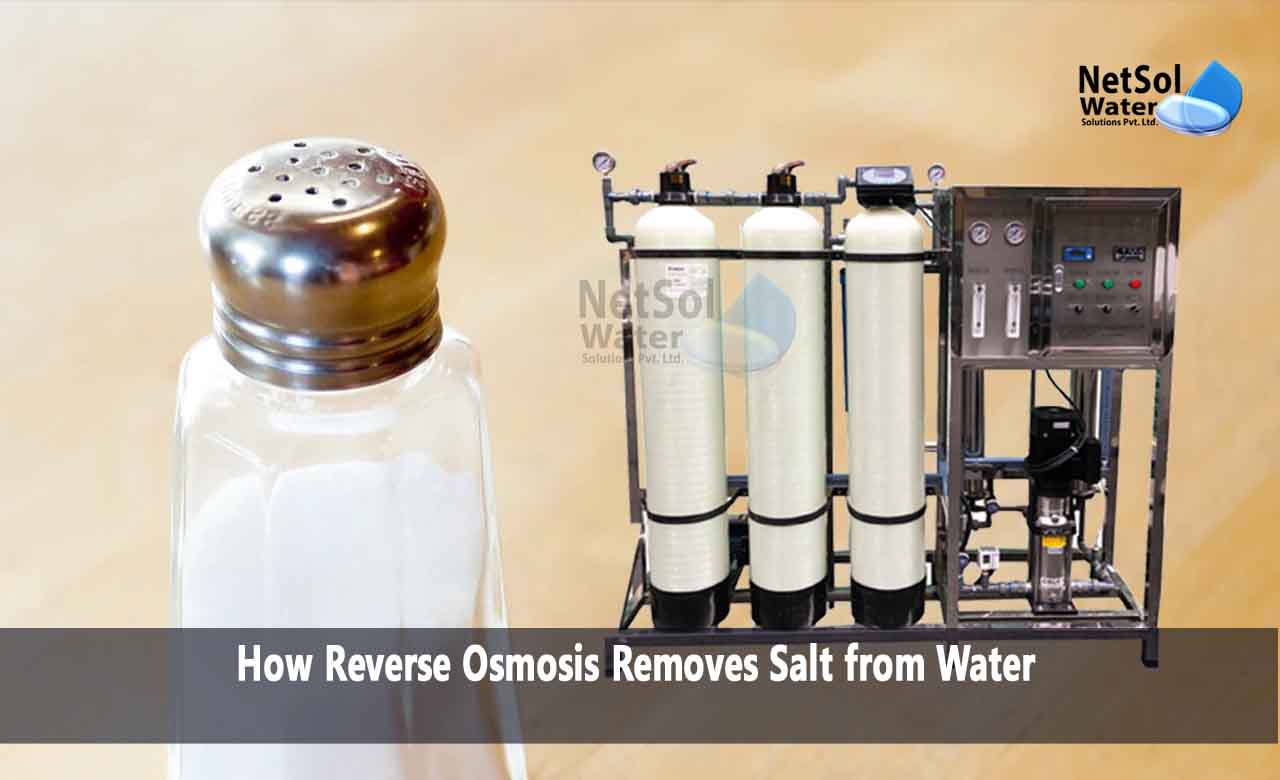How Reverse Osmosis Removes Salt from Water?
Reverse osmosis (RO) is a remarkable technology that has revolutionized the process of purifying water, particularly in areas where the water source is brackish or salty. By understanding how reverse osmosis transforms salty water into sip-worthy drinks, we can appreciate the significance of this process in providing clean and refreshing beverages. In this blog, we will explore the steps involved in reverse osmosis and its role in purifying water for drinking purposes, ensuring the delivery of high-quality, enjoyable drinks.
Understanding Reverse Osmosis:
Reverse osmosis is a water purification process that utilizes a semi-permeable membrane to remove impurities, including salt, from water. The process involves several key steps:
· Pre-Treatment: Prior to entering the reverse osmosis system, the water undergoes pre-treatment to remove larger particles, sediment, and chlorine. This pre-treatment helps protect the membrane from potential damage.
· Pressure Application: The pre-treated water is then pressurized and introduced into the reverse osmosis system. The applied pressure overcomes the natural osmotic pressure, allowing water molecules to move from the more concentrated side (water with impurities) to the less concentrated side (clean water) through the semi-permeable membrane.
· Semi-Permeable Membrane: The heart of the reverse osmosis system is the semi-permeable membrane. This membrane consists of tiny pores that are smaller than the size of most dissolved solutes and contaminants, including salt. As a result, these impurities are effectively blocked, while water molecules can pass through.
· Separation of Impurities: As the pressurized water is forced through the semi-permeable membrane, the impurities, including salt, are separated and retained on the concentrated side of the membrane. The purified water, free from these impurities, passes through the membrane and is collected for further use.
· Post-Treatment: The purified water from reverse osmosis may undergo post-treatment processes, such as remineralization or pH adjustment, to enhance its taste and quality. This step ensures that the water is not only free from impurities but also balanced in terms of mineral content and pH level, resulting in refreshing and sip-worthy drinks.
Conclusion:
Reverse osmosis is a highly effective water purification process that plays a crucial role in transforming salty water into sip-worthy drinks. Through the application of pressure and the utilization of a semi-permeable membrane, reverse osmosis removes impurities, including salt, from water, resulting in clean and refreshing beverages.
By understanding the steps involved in reverse osmosis, we can appreciate its significance in providing high-quality drinking water. Reverse osmosis systems are widely used in homes, offices, and other settings where clean and enjoyable beverages are desired.
The application of reverse osmosis in water purification ensures that drinks are not only free from impurities but also taste better. The removal of salt and other contaminants enhances the overall flavor and quality of the beverages, making them truly sip-worthy.
As technology advances and becomes more accessible, reverse osmosis continues to be a reliable and efficient method for producing clean and enjoyable drinks. Its ability to transform salty water into refreshing beverages promotes better hydration and contributes to overall well-being.
Netsol Water is Greater Noida-based leading water & wastewater treatment plant manufacturer. We are industry's most demanding company based on client review and work quality. We are known as best commercial RO plant manufacturers, industrial RO plant manufacturer, sewage treatment plant manufacturer, Water Softener Plant Manufacturers and effluent treatment plant manufacturers. Apart from this 24x7 customer support is our USP. Call on +91-9650608473, or write us at enquiry@netsolwater.com for any support, inquiry or product-purchase related query.



